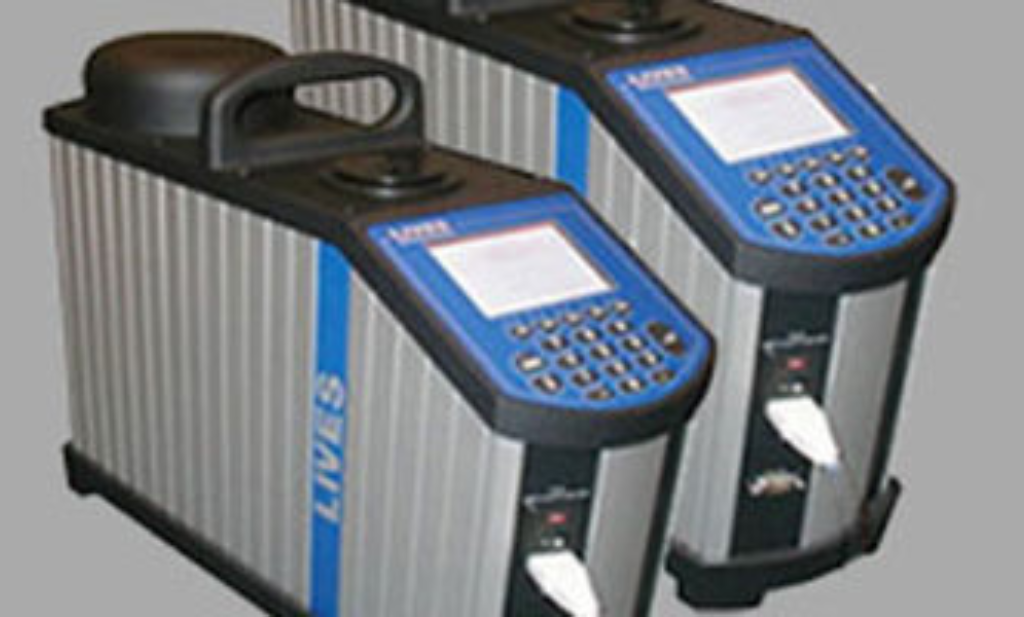- June 8, 2024
- by Emmanuel
- Calibration
Temperature Sensor Calibration Process and Best Practices
Temperature measurement is critical across various industries, including manufacturing, energy, healthcare, and research. Accurate and reliable temperature measurements are essential for operational efficiency, product quality, and personnel and equipment safety. Calibration of temperature sensors plays a pivotal role in achieving precise measurements.
Calibration Process:
- Reference Standard Selection:
- Choose a reference standard with higher accuracy than the sensor being calibrated.
- Options include calibrated thermometers, temperature baths, or temperature-controlled chambers.
- The reference standard should have a known and stable temperature value.
- Pre-Calibration Preparation:
- Ensure both the temperature sensor and reference standard reach thermal equilibrium.
- Minimize errors due to temperature gradients.
- Data Collection:
- Subject both devices to a series of temperature points across the desired range.
- Record output readings simultaneously.
- Comparison and Analysis:
- Compare the sensor’s output readings with the reference standard.
- Calculate measurement errors at each temperature point.
- Use statistical techniques (e.g., linear regression) to determine correction factors or calibration curves.
- Adjustment and Compensation:
- Apply correction factors to compensate for observed errors.
- Implement adjustments via software or hardware modifications.
Best Practices:
- Regular Calibration Schedule:
- Calibrate temperature sensors at recommended intervals.
- Consider stability, criticality, industry regulations, and manufacturer guidelines1.
- Traceable Calibration Standards:
- Use traceable reference standards to ensure accuracy and traceability2.
- Environmental Conditions:
- Maintain proper environmental conditions during calibration.
- Avoid extreme temperatures, humidity, and other factors that could affect accuracy.
Remember, adhering to these best practices will enhance measurement accuracy and reliability. Feel free to reach out if you need further assistance!



